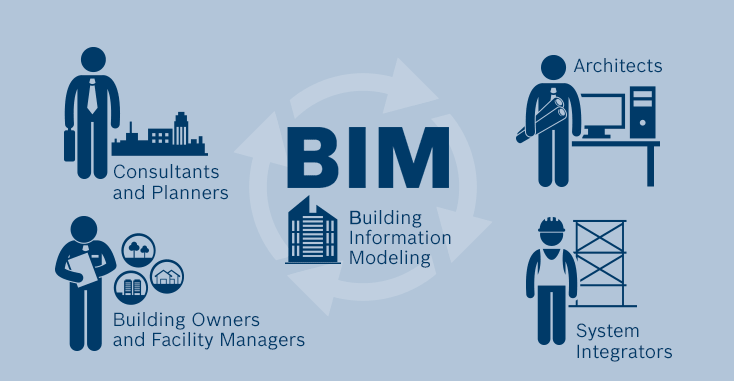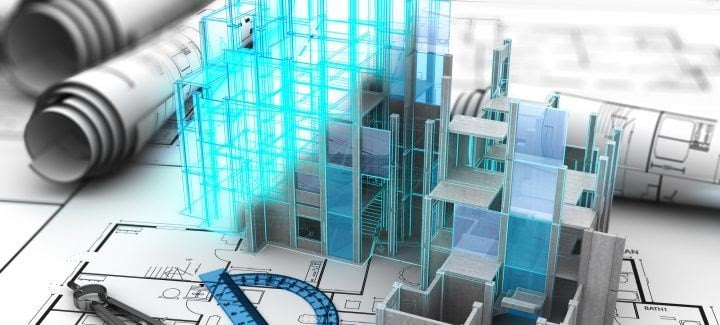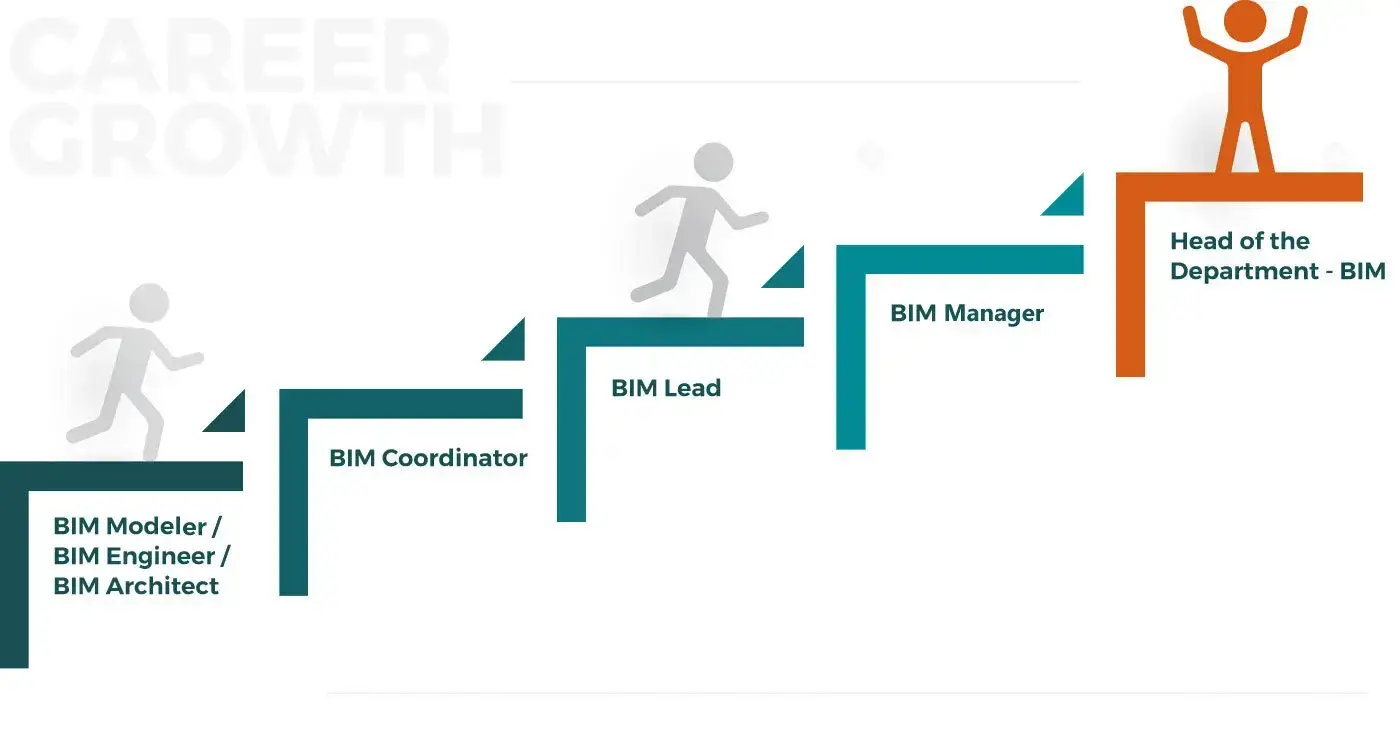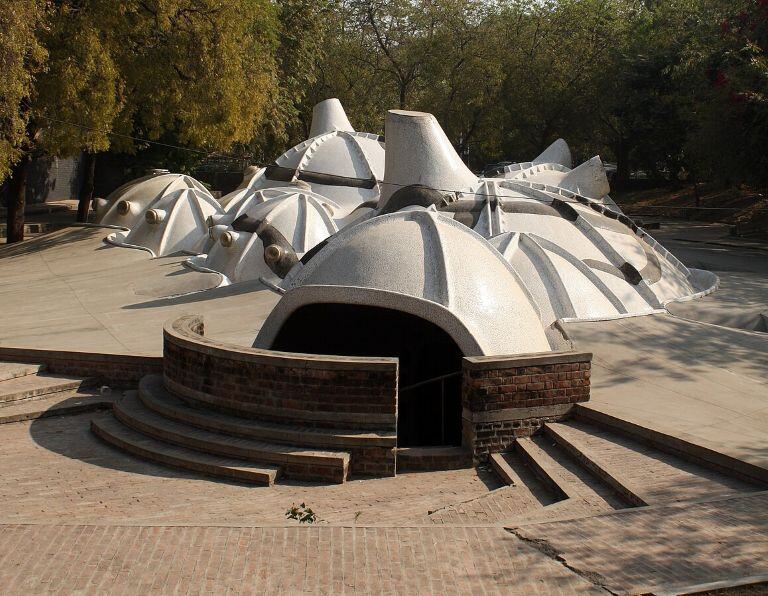
Building Information Modelling (BIM) has carved a solid place in the AEC industry by improving workflows, fostering collaboration, and providing a centralized, data-driven approach to decision-making. With streamlined processes and better coordination, many countries, including the UK, have already embraced BIM for construction, while others are actively exploring its full potential.
And why not? By integrating various data sets into one intelligent model, BIM helps identify conflicts before they occur, cutting down on rework and driving efficiency, sustainability, and innovation.
In this blog, we’ll explore how different sectors are using BIM—from architecture, engineering to MEP and residential construction to sustainable construction.
BIM in Architecture and Construction

In the architecture and construction landscape—the foundation of the AEC industry—BIM for architecture is now pivotal. Architects use BIM to develop data-rich 3D models that go far beyond visual appeal. These models offer deep insights into a project's technical and functional aspects, helping clients and stakeholders make informed decisions.
BIM in Architecture: From Concept to Execution
What is BIM in architecture? It’s more than just 3D modeling. BIM supports architects from the early conceptual stages to detailed execution and post-construction analysis. Here’s how:
1. Enhanced Visualisation:
BIM creates realistic visual representations backed by data—especially valuable in BIM for sustainable construction, where aesthetics meet performance.
2. Clash Detection:
Through integrated systems, BIM helps identify and resolve conflicts between architectural elements, MEP components, and structural designs before construction begins.
3. Improved Communication and Collaboration:
BIM fosters seamless communication between architects, engineers, and contractors, reducing misunderstandings and delays.
4. On-Site Efficiency:
With issues addressed during design, construction on-site becomes faster and more cost-effective.
Explore Novatr's BIM Professional Course for Architects
This leading BIM architecture course is tailored specifically for architects who want to thrive in the evolving AEC space.
Why Choose Novatr?
-
Architect-Centric Learning: Built by architects for architects, it addresses design workflows and real project scenarios.
-
Industry Mentorship: Learn directly from practicing BIM consultants and AEC experts.
-
Flexible Format: Weekend live sessions with self-paced tasks make it ideal for professionals and students.
BIM in Civil & Structural Engineering

In civil and structural engineering, BIM offers detailed modeling of slabs, columns, reinforcements, and more. Whether you're working on infrastructure or highways, BIM for construction management is essential for precision and control.
Benefits of BIM in Civil Engineering:
-
Time and Cost Efficiency: Streamlined workflows allow faster execution and reduced expenses.
-
Improved Stakeholder Alignment: A centralized model keeps architects, engineers, and contractors on the same page.
-
Maintenance and Facility Management: BIM construction management enables lifecycle data tracking, helping teams manage maintenance tasks and operational workflows post-construction.
Explore Novatr's BIM Professional Course for Civil Engineers
This course builds essential BIM skills needed for civil projects, including:
-
Core BIM Skills for Civil Engineers: Understand BIM For Construction with tools like Autodesk Revit, Navisworks & Plannerly.
-
Clash Detection: Identify conflicts across systems using Navisworks.
-
Documentation & Execution: Learn about BIM Execution Plans (BEPs), LODs, and data-rich modeling.
-
Construction Planning & FM: Gain expertise in 4D/5D simulations for construction and facility operations.
-
Hands-On Projects: Work with ISO 19650 workflows and real-world case studies.
BIM for MEP and HVAC Systems

With BIM for MEP, multiple engineering disciplines—mechanical, electrical, and plumbing—work within a unified digital model. This enhances coordination, reduces errors, and supports mep bim modeling in complex projects.
Key Advantages of BIM for MEP Engineers:
-
Cost Optimization: BIM significantly reduces waste and material costs.
-
Energy Efficiency: Enables proactive energy performance modeling and promotes BIM for sustainable construction.
-
Streamlined Workflows: Simplifies pre-fabrication and on-site installation by minimizing clashes.
Explore BIM Courses for MEP Engineers
Novatr BIM Professional Course for MEP Engineers
Whether you're a beginner or an experienced professional, this course addresses evolving MEP needs through:
-
A software-rich toolkit tailored to MEP workflows
-
Advanced coordination training
-
Industry-vetted curriculum
-
Practical exposure to real projects
BIM for Real Estate And Lifecycle Asset Management

BIM’s value doesn’t end at construction. In real estate and facilities management, it supports long-term asset maintenance. Using a comprehensive digital twin of the building, facility teams can:
-
Track System Lifecycles: Know when components need servicing.
-
Predict Downtime: Take preventive action to avoid failures.
-
Support Sustainability: Identify ways to reduce energy consumption and environmental impact.
Conclusion
From design to delivery and beyond, BIM and construction management practices are transforming how professionals across architecture, civil, and MEP domains work. Whether it’s creating smart workflows for BIM for architecture, improving BIM for construction, or diving into BIM for MEP, one thing is clear—BIM is the future.
If you’re ready to upskill and position yourself at the forefront of the AEC industry, explore Novatr’s courses and join a global community of forward-thinking professionals.
Visit Novatr's Resource Page for more updates and insights into the AEC industry.
Was this content helpful to you

TABLE OF CONTENTS









